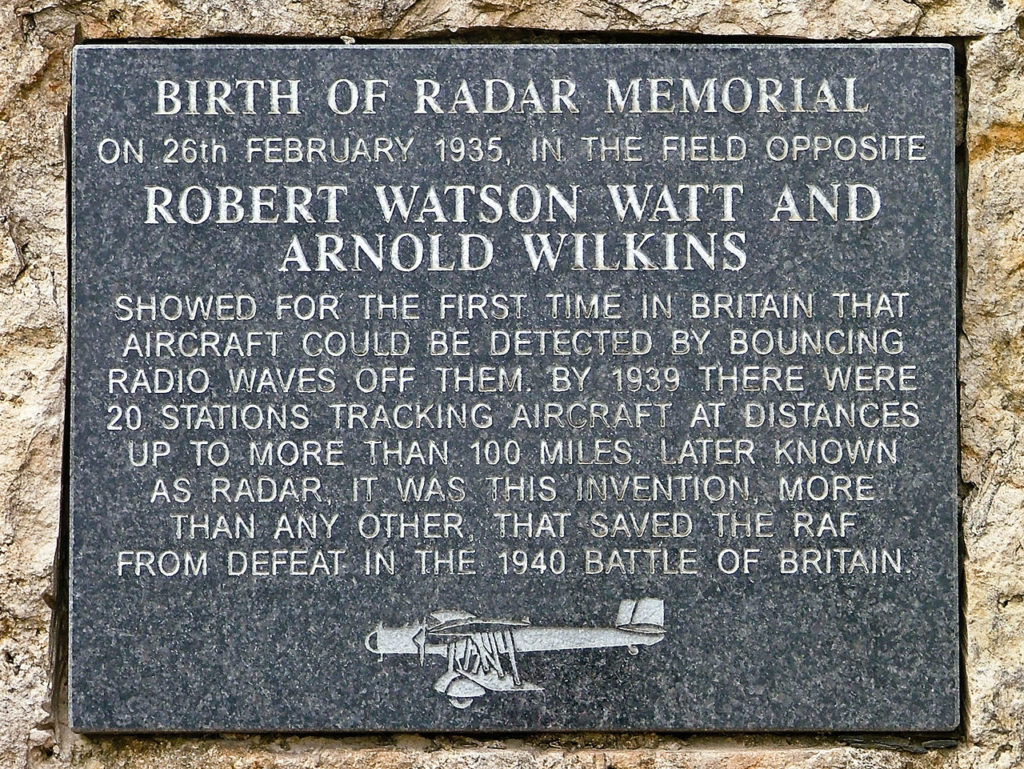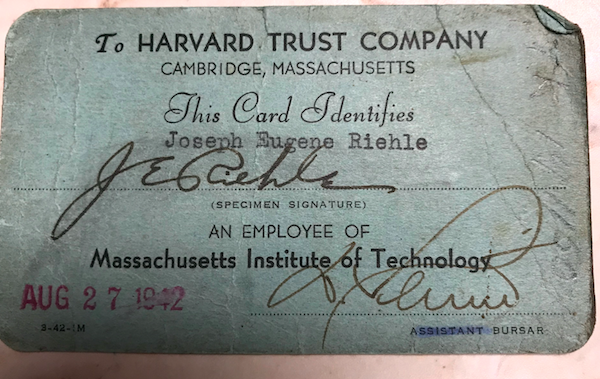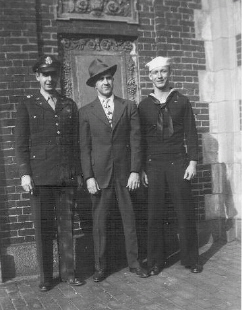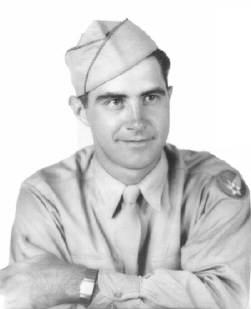An Unusual Contribution to Allied Victory in World War II
Joe Riehle, born 1918 in Cincinnati, Ohio, spent most of World War II working at the Radiation Laboratory, also called the Rad Lab, at the Massachusetts Institute of Technology (MIT) in Cambridge, Massachusetts. The Rad Lab was a radar research laboratory and prior to the Manhattan Project, it was the most secret and important American research project of the war.
By the end of 1939 the use of microwaves for various radio and radar applications was recognized to be highly desirable on both sides of the Atlantic, but existing microwave devices were too low powered to be useful on ships or airplanes. In early 1940, Winston Churchill organized what became the Tizard Mission to introduce US researchers to several new technologies the UK had been developing. Among these was the cavity magnetron, a leap forward in the creation of microwaves that made them practical for the first time.
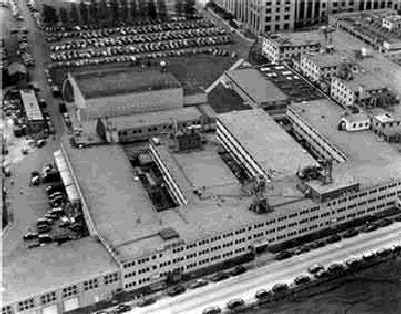
Following these revelations, in June of 1940, President Franklin Roosevelt approved the creation of the National Defense Research Committee (NDRC) at the urging of several scientists and academics. Alfred Lee Loomis, a millionaire retired from Wall St. and at that time operating a private research facility near New York, was heavily involved in research related to the practical applications of microwave radiation and, accordingly, was appointed to head up the Microwave Committee of the NDRC at MIT near Boston. Loomis was the Nephew of Henry Stimson, the Secretary of Defense, and so had strong connections in political as well as financial and scientific circles. The Lab at MIT opened in October 1940 and operated until 31 December 1945 when its functions were disbursed to industry and peace time research facilities.
Loomis arranged for funding under the NDRC and by November of 1940, the MIT research facility began operations. Named the “Radiation Laboratory” or “Rad Lab”, an intentionally misleading name suggesting theoretical work on nuclear radiation, the facility was charged primarily with improving the magnetron, developing it for various specific applications and overseeing the ramp-up of production for the war effort. Lee A. DuBridge was appointed as the Rad Lab director. The lab rapidly expanded, and within months was larger than the UK’s efforts which had been running for several years by this point. By 1943 the lab began to deliver a stream of ever-improved devices which could be carried on aircraft and with a short wavelength allowing for a smaller antenna, suitable for mounting on aircraft. The short wavelength and high power made it very effective at spotting submarines and even smaller objects from the air.
“At one time, more than 20 percent of the physicists in the United States (including nine Nobel Prize winners) had worked in that building“. The Rad Lab would eventually employ nearly 4000 people. While employing large numbers of PhDs, the lab also employed many engineers and technicians.
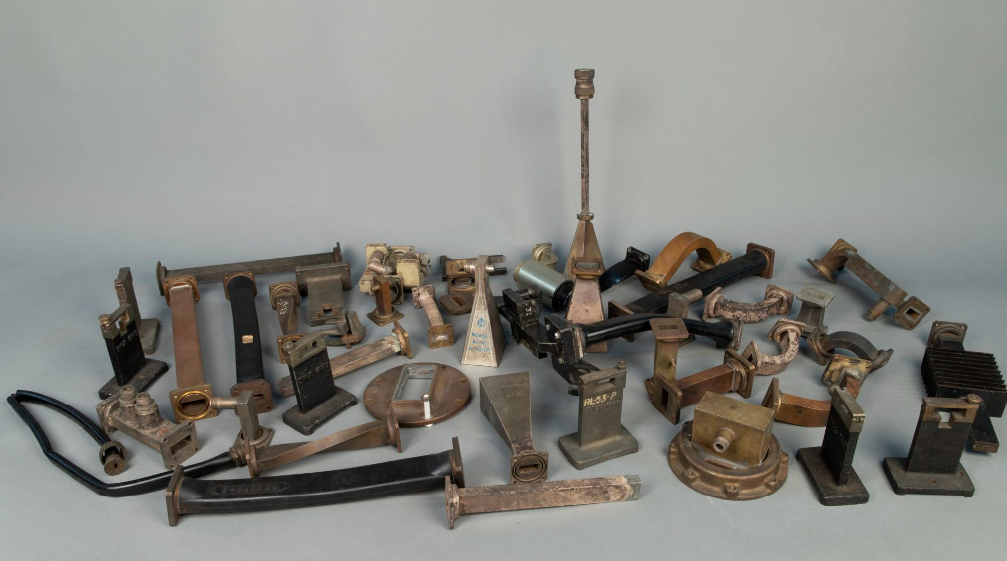
Competent machining of prototypes and low volume production parts would have been of critical importance to the research and productization efforts at the Lab.
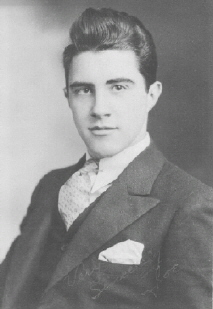
Joseph Eugene Riehle was born in Cincinnati, Ohio on 30 November 1918. He grew up during the depression, helping after school and on weekends at his father’s machine shop, the Riehle Machine Company, on Wooster Pike in Cincinnati. He went to work there full time when he graduated from Purcell High School in 1936. By December 7, 1941 he was an experienced machinist.
Riehle heard about hiring opportunities at the Lab in 1942 from a friend, William Sheeran, who had heard only superficial information about a secret government facility that needed engineering and technology expertise. Joe had taken college level engineering courses in Cincinnati and with his years of experience at “the shop” his qualifications were a good fit. He pursued the lead and was hired, likely in August of 1942 based on his MIT issued ID card.
After being retained at the Lab under the longest deferment the Lab was able to grant, in or around the Spring of 1944 Riehle was drafted into the army and sent to basic training in the midwest, with his wife and son returning to Cincinnati. He had been told by his superiors at the Lab that they intended to have him released from the army and returned to the Lab but years later Joe recalled his firm belief at the time that nobody was getting out of the army until the anticipated D-Day operation was successfully accomplished.
Nonetheless he was called to the base commander’s office, wondering what trouble he had gotten himself into, and was told, in effect, “son, I don’t know who you know but you’re out of this army. You’re going back to Boston”.
After the Rad Lab wound down its operations in late 1945, Joe returned to Cincinnati but was quickly drafted into the Army Air Core and assigned to Wright-Patterson Air Force base in Dayton, Ohio. His good fortune continued however when the base authorities discovered the reason for his deferment during the war and placed him in a position of some responsibility at the underutilized base machine shop where he could do relatively interesting work free of much of the tedium faced by most GI’s. Of course he could also visit his wife and growing family in nearby Cincinnati on the weekends.
Following his discharge he returned to Cincinnati and the shop, which he managed for over 30 years after the death of his father (Albert Joseph) in 1952. His son Bill also worked at the shop for a time as a young man and later operated a similar business, Blue Chip Tool, which today is managed by his son, also a William (Bill) Riehle.
I have often imagined that moment when he realized that instead of facing possible death on the beaches of France he would be reunited with his wife and son to do a job he enjoyed while contributing usefully to the war effort. Recounting one of Joe’s rare discussions about his time in Boston, the one comment I can recall relating to that moment was, in effect, “You never know when hard work and commitment to doing your job well will payback beyond any possible expectation.”
As a young boy in the 50’s, steeped in the drama of the recent World War, it seemed somehow disappointing that my father had not fought the bad guys, meaning of course that he did not carry a rifle in Europe or the Pacific. Still, I understood that he had served, and that he had served in an important, if not senior capacity. Over the years I realized increasingly how vital that contribution was, and how fortunate we were that he could serve in that capacity.
“Vital”, because by the time his friends and fellows from the “Greatest Generation” waded ashore in Normandy, the German Luftwaffe and U-Boat force were largely neutralized, in large part as a result of the work done at the Rab Lab. Similar benefits were of course realized at Saipan, Iwo Jima, Okinawa and elsewhere in the Pacific.
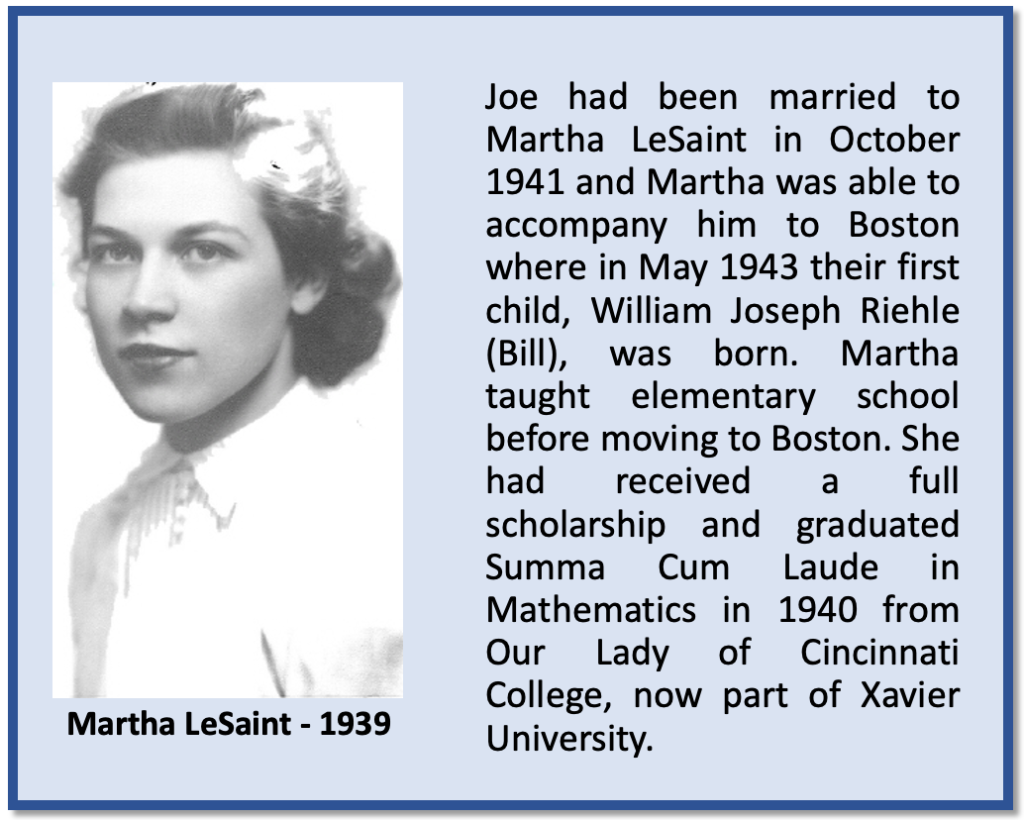
“Fortunate”, because he, unlike many others from that generation, survived the war. Of course his 5 sons, 21 grandchildren and more than double that many great-grandchildren, most of whom would not be here otherwise, share in that good fortune.
Joe died in 1983 at age 64 of heart disease. His widow, Martha, survived to be 105 years old, passing away in August of 2024.
Joseph was the son of Albert J. Riehle, grandson of Francis A. Riehle and great-grandson of Clemens Riehle who came to America from Germany in 1854.
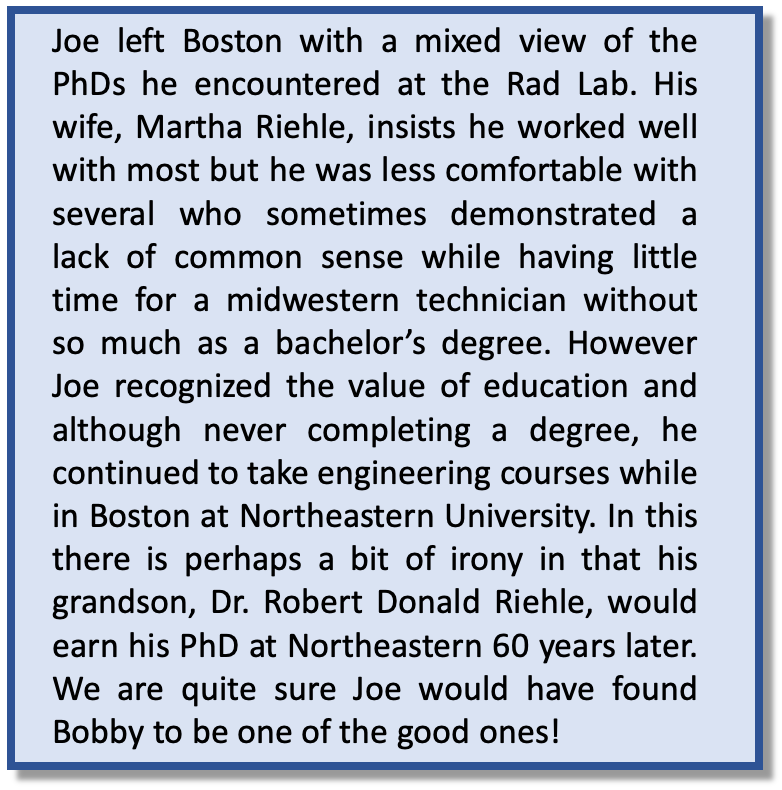
Sources:
- Conant, Jennet (2002). Tuxedo Park. New York, NY: Simon & Schuster. ISBN 0-684-87287-0
Subtitle: “A Wall Street Tycoon and the Secret Palace of Science That Changed the Course of World War II“ - “MIT Radiation Laboratory” Wikipedia – Nov. 2020
- Discussions with Martha Riehle
- Letter re. draft deferment and payroll related employment card provided by William Riehle from the papers of Martha Riehle.

Any additional papers or information related to J.E.
Riehle’s services at the Rad Lab would be greatly appreciated.
(Please leave comment below)
